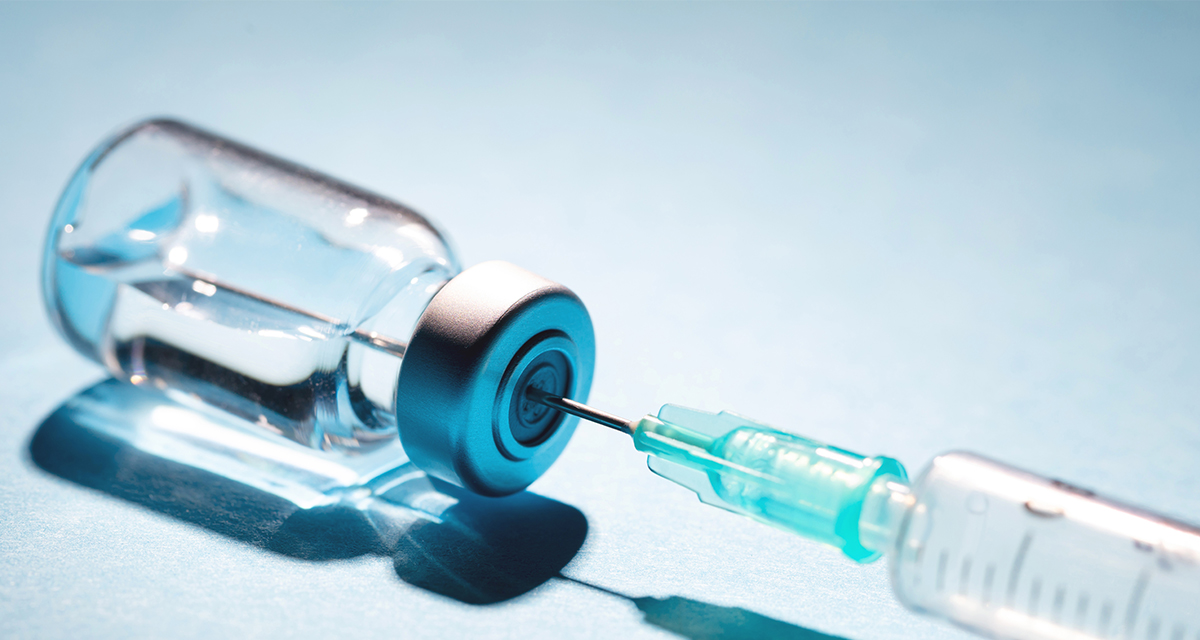Most patients who use insulin therapy use it for type 2 diabetes. Type 2 diabetes is a progressive condition of insulin deficiency, which means that over time the body secretes less and less insulin. During the second decade of the disease, most patients require insulin injections because they become overtly insulin deficient and no longer respond adequately to non-insulin drugs.
Insulin as a treatment drug has been available for a century. It is the most potent drug for diabetes, and it can reduce any high blood glucose. Insulin has only one side effect: low glucose or hypoglycemia. Over the years, many different insulin or insulin-analog formulations have been developed. Each offers a different profile of biological activity that offers flexibility.
Although insulin is an injectable drug, needle technology has made injections painless, and most patients use it regularly as recommended.
Yet, most patients who use insulin live with high glucose or hemoglobin A1C, and many develop complications. Why?
The reason can be found in normal physiology. Insulin requirements are highly dynamic. A normal pancreas responds to the body’s changing needs and modifies the amount of insulin that it secretes. When diabetes is advanced and insulin injections are needed, the body’s insulin requirements continue to be dynamic. However, the patient’s doses of insulin change only when the doctor adjusts or titrates them. Usually this occurs during clinic visits two to four times annually. Unfortunately, this is not nearly enough. Insulin titrations are needed at least weekly.
This lack of frequent insulin titration is the reason that in most cases, the therapy is not effective in improving glucose or A1C and at times is not safe. For example:
The overall amount of insulin units required per day are individual. Some patients need less than 50 units per day, and some more than 500. Needing a higher dose does not mean that someone is worse off than another. It means that person’s pancreas used to secrete that much before it failed. Taking more units per day may simply be what that person’s body needs.
When a person begins insulin therapy, doctors cannot predict how much they will need, so doctors start with a low dose and gradually increase dose amounts. But if titration occurs only a few times per year, patients may never get to the point where they use enough insulin.
In fact, people’s insulin needs continue to change, never reaching a steady state. Most patients go through periods in which insulin requirements drop considerably and no one can predict it. If doses are not reduced on a timely manner, they may end up over-treated and develop multiple events of low glucose or hypoglycemia, which can be unsafe. To make it even more complicated, most patients use more than one injection per day and each injection should be titrated independently.
This is why the d-Nav® program is so helpful. The d-Nav technology titrates insulin doses automatically and regularly without the need to first consult with the physician. When a body needs more insulin, d-Nav gradually increases doses at the time it is needed. And when the body needs less, it reduces doses in a timely manner. This is what helps people get their glucose levels within goal and keep them at goal.
Insulin therapy is the most dynamic therapy in modern medicine. To make it effective and safe, the doses should be as dynamic.


